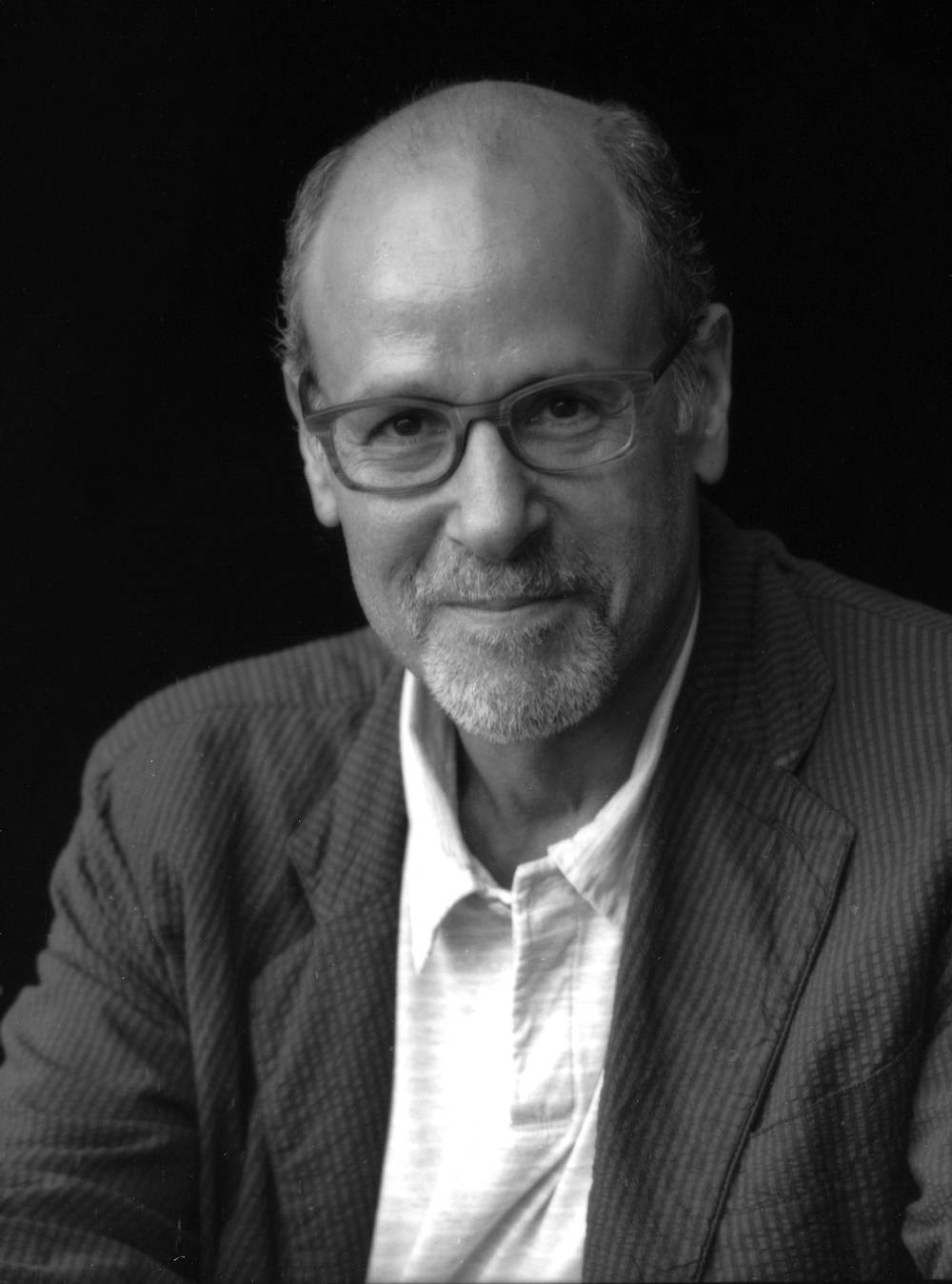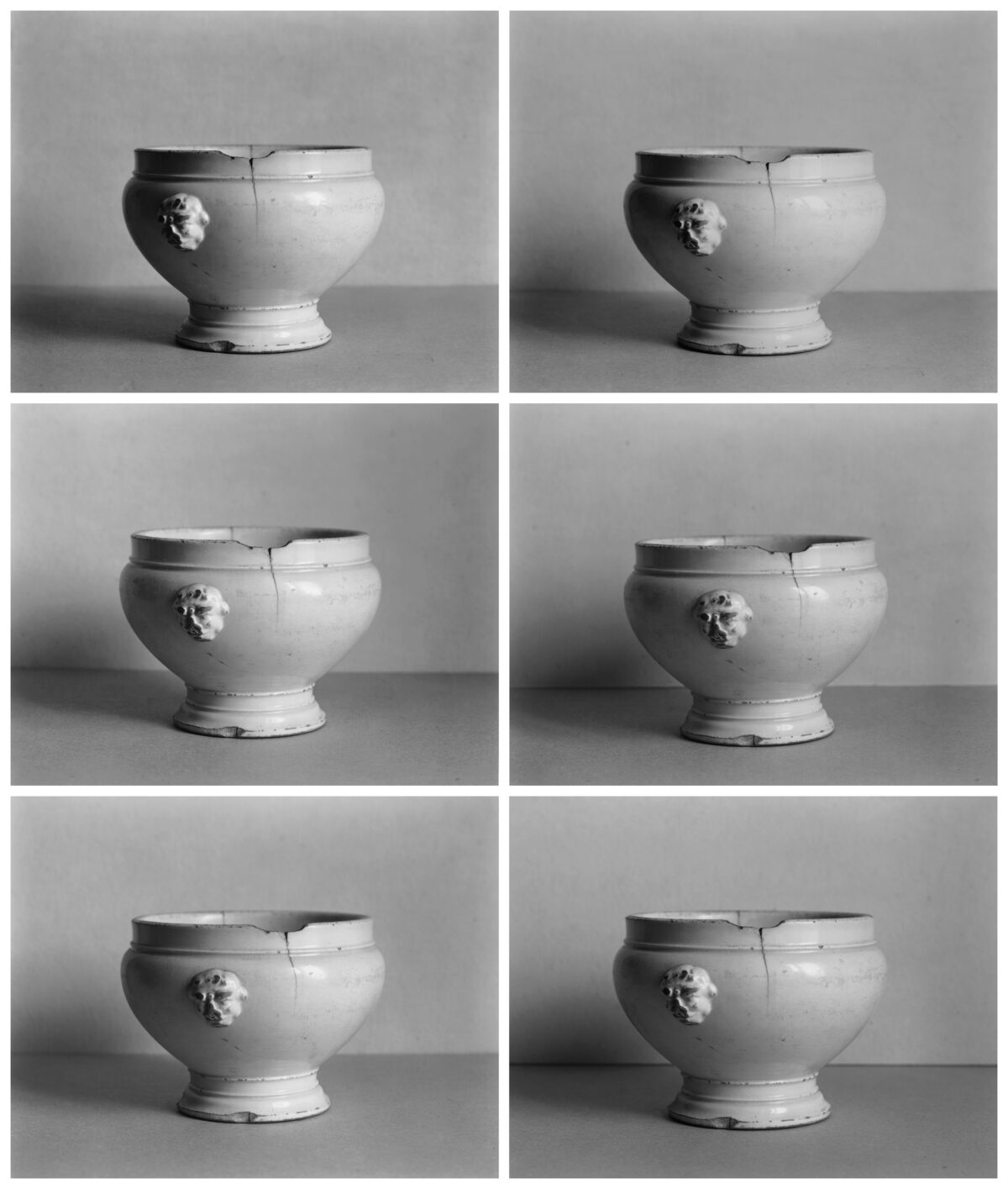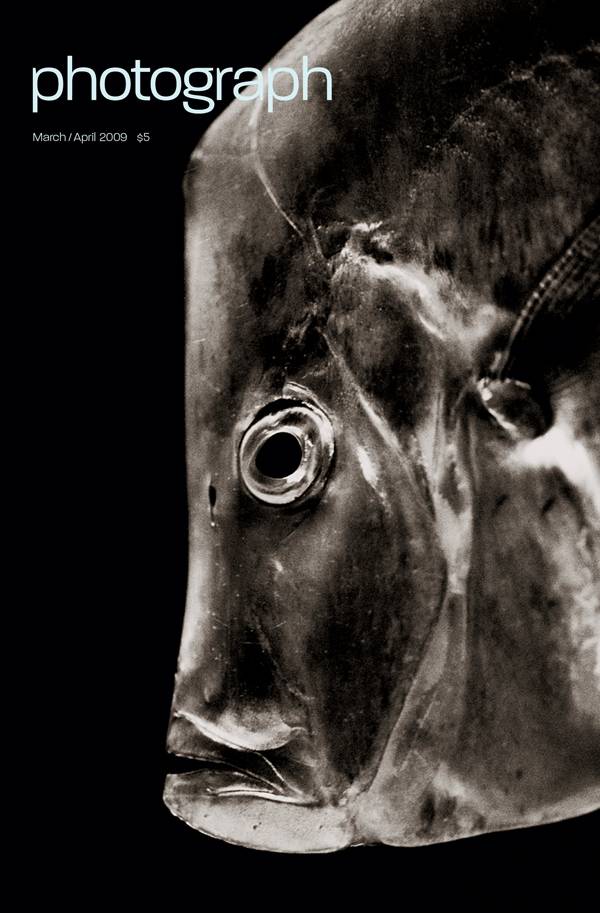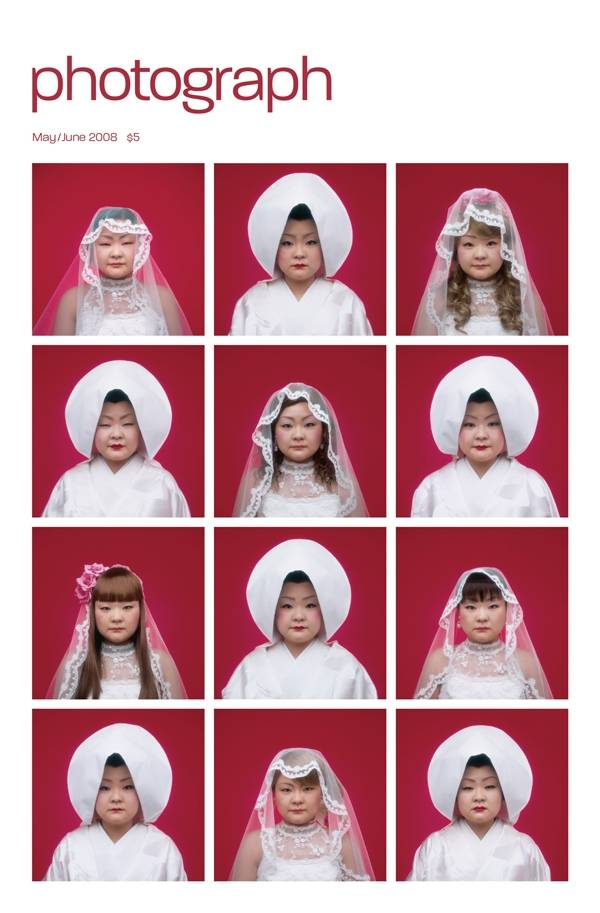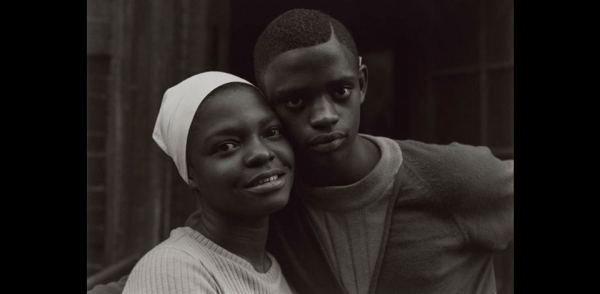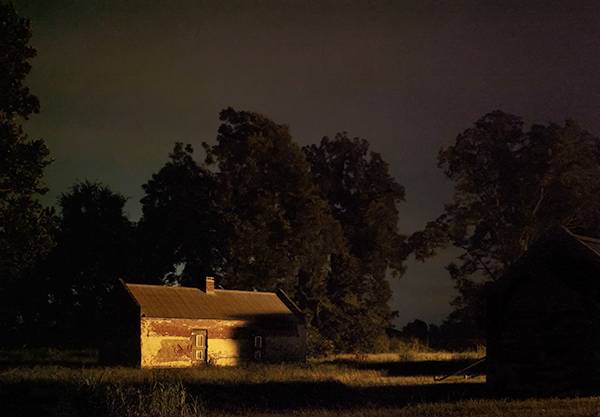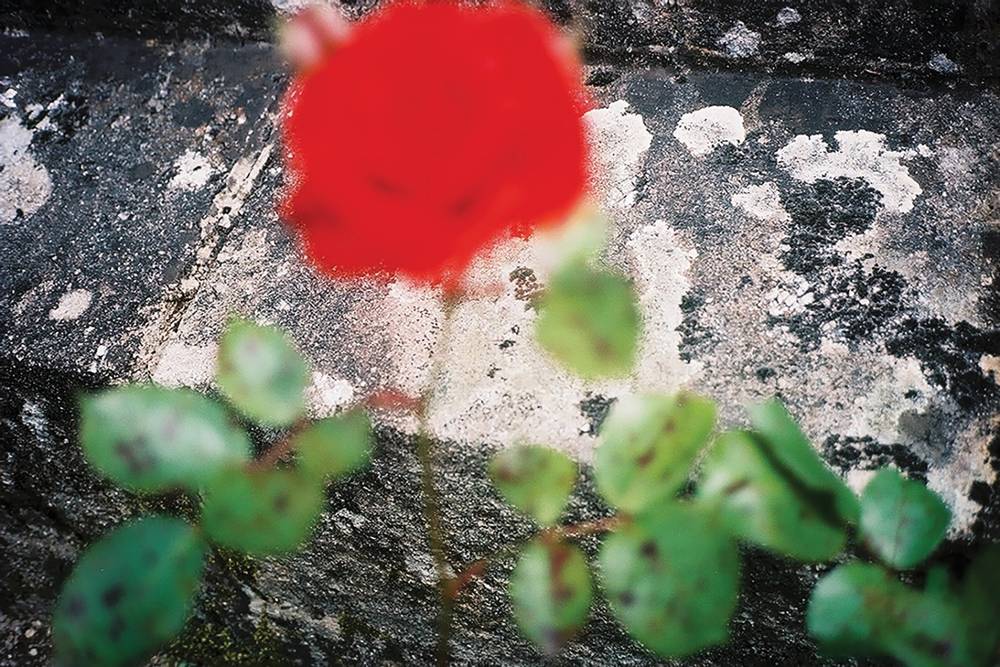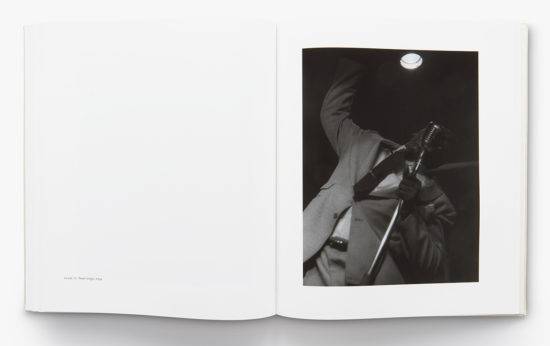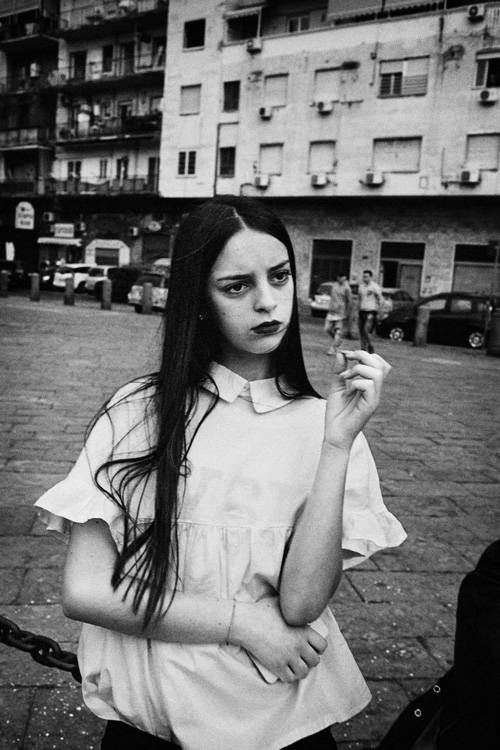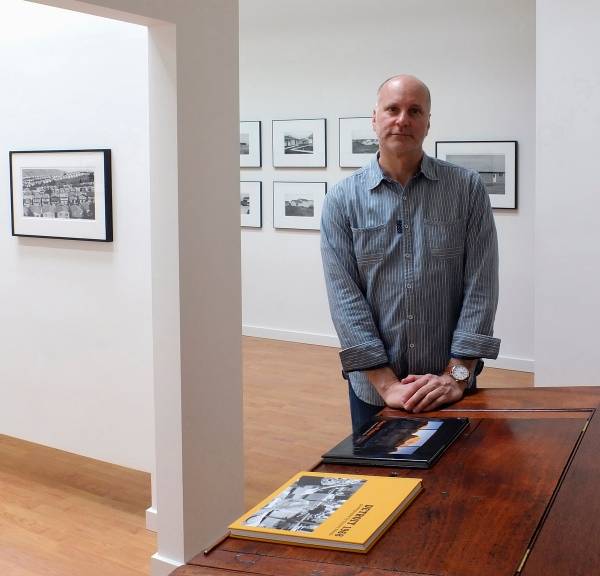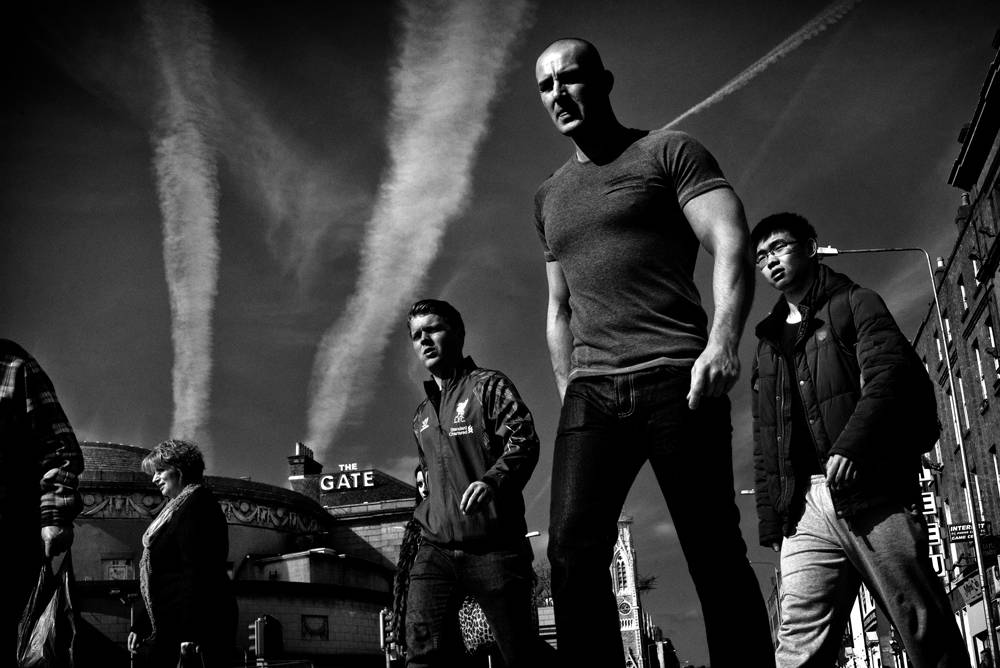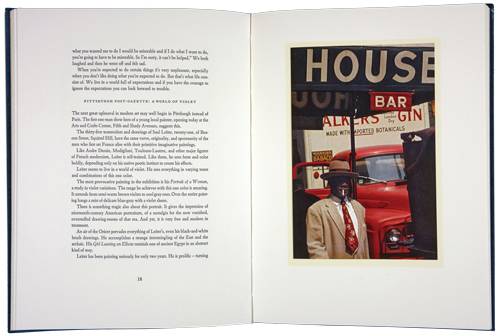

Tania Franco Klein’s Proceed to the Route, an exhibition named after a frequent Google Maps refrain, had the feeling of a multi-room collage, albeit a tasteful one put together by a judicious minimalist. Some photographs, printed large, adhered directly to the walls, others were framed and hung at eye level, knee-level, or high up; occasionally, images overlapped. This installation made the show feel a bit like a connect the dots exercise – you were compelled to find the narrative relationships between images. Though the works assembled here in fact came from a few different series, they shared a glamorous cinematic aesthetic and a kind of ennui that stretched across the motel rooms, desert landscapes, planes, and old cars that Franco Klein takes as her subjects. She frequently poses pensively in her own photographs, lying on a carpeted floor, or blocking her eyes from the sun while standing beside a vintage car. Her clothing could have jumped from 1960s Hollywood, and it is occasionally difficult to tell if these well-composed, romantic images are nostalgic for nostalgia’s sake or trying to unearth a bigger truth about the hold vintage versions of beauty still have over us.
Franco Klein, a Mexican artist who is based in Mexico City and L.A., has said that artists including William Eggleston and Jo Ann Callis inform her practice, and their influence is palpable in her subject matter and composition. (Writing for the Los Angeles Times, Leah Ollman called the show full of other artists’ “shadows.”) The Waiting, 2016, in particular, a staged image of a phone and an overfull ashtray balancing on a blue pillow above a blue carpet, conjures Eggleston’s lonely glasses of liquor, condiment bottles, and TV sets. But other of Franco Klein’s photographs are more performative. In Contained (Self-Portrait), 2016, her figure is seen on a small vintage television next to an empty bed in a wood-paneled room – on the screen, she’s shown perched on the same bed in the same room, looking at the TV. Even if this image-within-an-image is somewhat heavy handed, her slightly blurry, blown-out onscreen likeness looks like it’s about to flicker away, escaping this bounded context.
Another kind of escape is found in the un-glamorized, loosely composed street photographs that, in a few places, stretch mural-like across the wall. Shadows expand across mismatched border fences with a frank mundanity that gives Franco Klein’s work a different potential, suggesting that she is not destined to become, say, another Alex Prager, a photographer fully consumed by her own filmic melodramas. The most riveting work in the show, however, may be Breathe, 2019, a sepia-toned GIF shown on a tiny old television. The artist, her image literally confined inside an attractively nostalgic object, hyperventilates into a brown paper bag, conveying the anxiety of being stuck inside an old, fictional idea of glamour.

